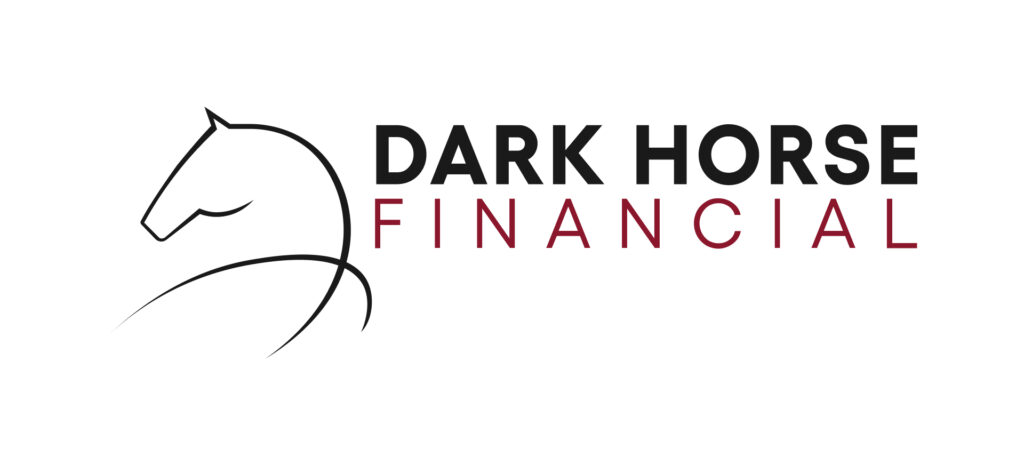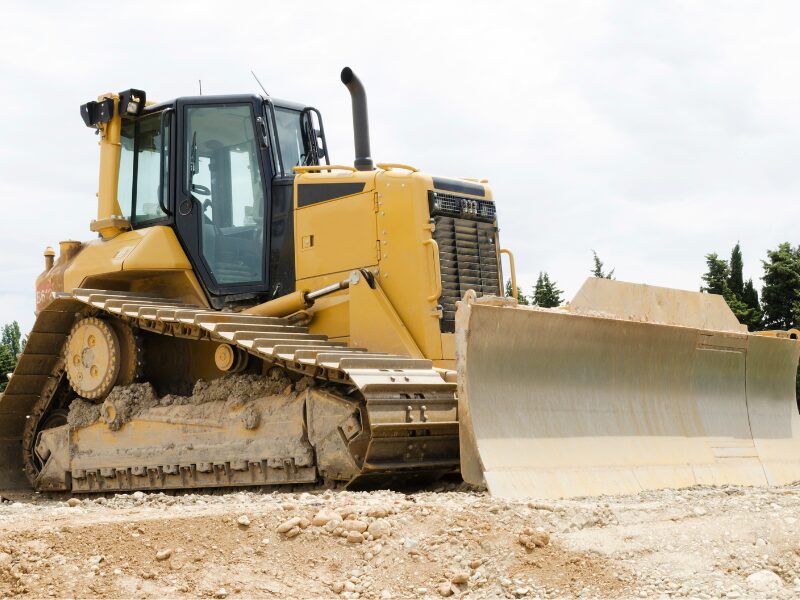Key Takeaways
- Heavy equipment financing helps businesses purchase or upgrade machinery without paying the full cost upfront, preserving cash flow and offering tax benefits.
- Heavy equipment financing is a smart investment for businesses in industries like construction, mining, and agriculture, enabling access to modern machinery and improved productivity.
- There are options for startups as well as existing businesses.
- Australian lenders typically favour credit scores above 450. However, bad credit options are available if you have less-than-perfect credit.
- Low-doc loan applications are available for loans up to $500,000.
- The type and age of equipment matter too—some lenders allow equipment of all types, old or new, while some specialise in specific equipment.
- To secure heavy equipment financing, contact our team at Dark Horse Financial to get access to the best lenders, rates, and terms.
Heavy equipment is an important investment for many businesses in Australia, particularly in industries like construction, mining, agriculture, and logistics. To secure the equipment you need, you need to have the funding to do so. With heavy equipment financing, you can acquire both new and secondhand heavy equipment with some lenders having no age restrictions.
If you’re wondering how to qualify for heavy equipment financing in Australia, you’re in the right place. We’ll walk you through the process, eligibility criteria, and tips to improve your chances of securing a loan.
What is Heavy Equipment Financing?
Heavy equipment financing is a type of lending specifically designed to help businesses acquire heavy machinery. Unlike traditional loans, this financing option is tailored to the unique needs of businesses that rely on large equipment to operate. The equipment itself often serves as security for the loan. Heavy equipment loans can be used to finance:
- Excavators
- Bulldozers
- Cranes
- Loaders
- Forklifts
- Dump Trucks
- Compactors
- …and more.
In Australia, heavy equipment financing is available through both bank and non-bank lenders. The terms and conditions vary depending on the lender, the type of equipment, and your credit score.
When it comes to heavy equipment loans in Sydney and other locations in Australia, you have several options:
- Chattel Mortgage: A popular choice for businesses, this option uses the equipment as security. You own the equipment from the start and can claim tax deductions on interest and depreciation.
- Finance Lease: Ideal for businesses that want to use the equipment without owning it. At the end of the lease, you can return the equipment, upgrade to a new model, or purchase it at a reduced price.
- Hire Purchase: Similar to a chattel mortgage, but you only own the equipment after making the final payment.
- Operating Lease: You rent the equipment from the lender and return it after the agreed-upon term. This is ideal for businesses that aren’t interested in owning heavy equipment.
- Rent To Own: A portion of the rental payments go to paying off the purchase price. The buyer has the ability to buy out the equipment at the end of the term.
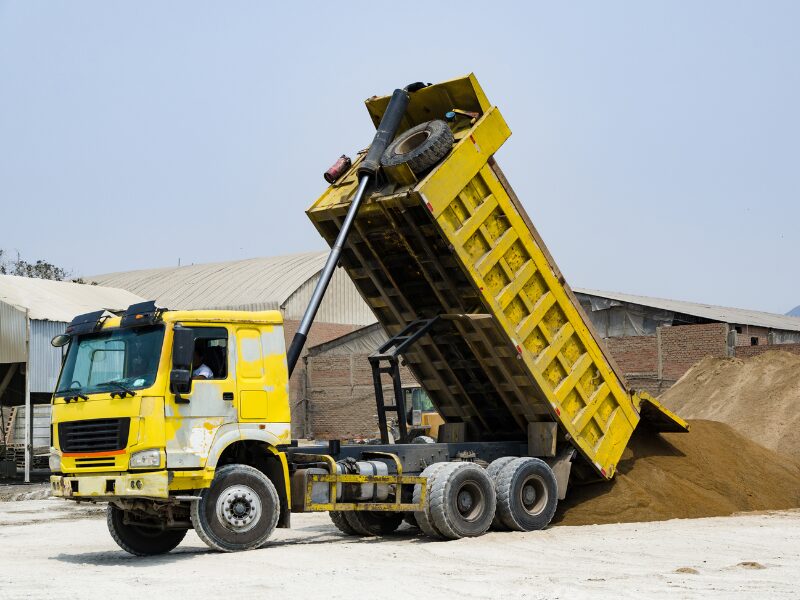
Why Consider Heavy Equipment Financing in Australia?
Let’s explore why heavy equipment financing is a smart choice for Australian businesses:
- Preserve Cash Flow: Instead of paying for equipment upfront, financing allows you to spread the cost over time, freeing up cash for other business needs.
- Tax Benefits: In Australia, equipment financing payments may be tax-deductible, reducing your overall tax liability.
- Access to Modern Equipment: Financing enables you to invest in the latest technology, improving efficiency and productivity.
- Flexible Terms: Lenders often offer customised repayment plans to suit your business’s cash flow.
Heavy Equipment Loan Qualifications
Securing heavy equipment financing in Sydney or elsewhere in Australia requires meeting specific criteria. While each lender has its own requirements, here are the key factors they consider:
1. Registrations
Businesses looking for heavy equipment loans will need to have an Australian Business Number (ABN). They will also need to be registered for Goods and Services Tax (GST) to be eligible.
2. Business Age
There are options available to startups in addition to those established businesses who have been trading for more than 21 months. You’ll have more options the longer you’ve been in business.
3. Credit Score and History
Your credit score is one of the most important factors lenders evaluate with good-priced rates available to those with a credit score above 450. A strong credit history demonstrates your ability to manage debt responsibly. In Australia, credit scores typically range from 0 to 1,200, with scores above 550-600 considered good.
If your credit score is low, there are bad credit loan options available.
4. Application Process
For loans up to $150,000, there are options without income verification.
For loans between $150,000 and $500,000, lenders will typically want to see a read-only view of the business’s bank statements to assess for liquidity.
For larger loans amounting to $500,000 and above, lenders will look for full financials and other important documents to prove the business’s capacity to service the loan.
5. Financial Documents (For Full-Doc Loans)
Lenders usually ask for full documentation for loans larger than $500,000. Lenders will review 3 months to 2 years worth of your business’s financial statements and other documents. Here are what lenders will most likely look at:
- Business Financials (Profit and Loss Statements, Balance Sheets)
- Bank Statements
- Tax Portals and/or Existing ATO Payment Plans
- Asset Register
- Commitment Schedule (For Loans and Other Commitments)
- Asset & Liability Statement
6. Equipment Details
The type, age, and condition of the equipment you’re financing also play a role in the approval process. Some lenders prefer newer, well-maintained machinery with a strong resale value. However, some lenders will approve your loan whether the equipment is old or new without age restrictions. The key is to find the right lender for your needs, and partner with a lending expert like Dark Horse Financial.
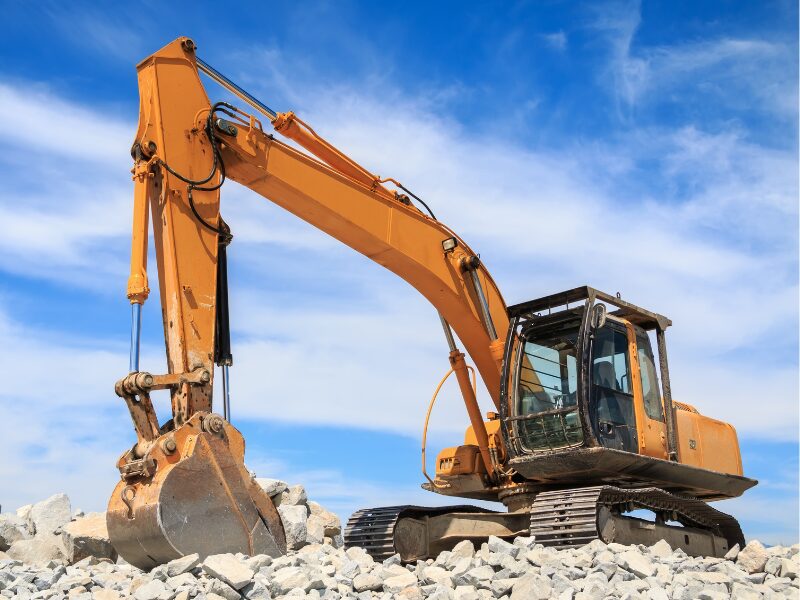
How to Apply for Equipment Financing in Australia?
Now that you know what lenders are looking for, here’s a step-by-step guide to applying for heavy equipment financing:
Step 1: Assess Your Needs
Determine the type of equipment you need, its cost, and how it will benefit your business. Consider whether you want to purchase new or used equipment and whether leasing might be a better option. You can get an estimate of how much you’ll pay monthly using our equipment finance calculator.
Step 2: Apply Through Our Website
Complete our online form to get started. We can connect you with the right lenders that are willing to provide lending based on your needs and situation. We’ll make sure to get you the best rates and terms too.
Step 3: Application Submission
We’ll submit your application to the lender and look to get approval within your required timeline.
Step 4: Review the Offer
If approved, carefully review the loan offer, including the interest rate, repayment schedule, and any fees.
Step 5: Receive Funding
Once you’re satisfied with the terms, sign the agreement and finalise the loan. The lender will then disburse the funds, allowing you to take possession of the equipment.
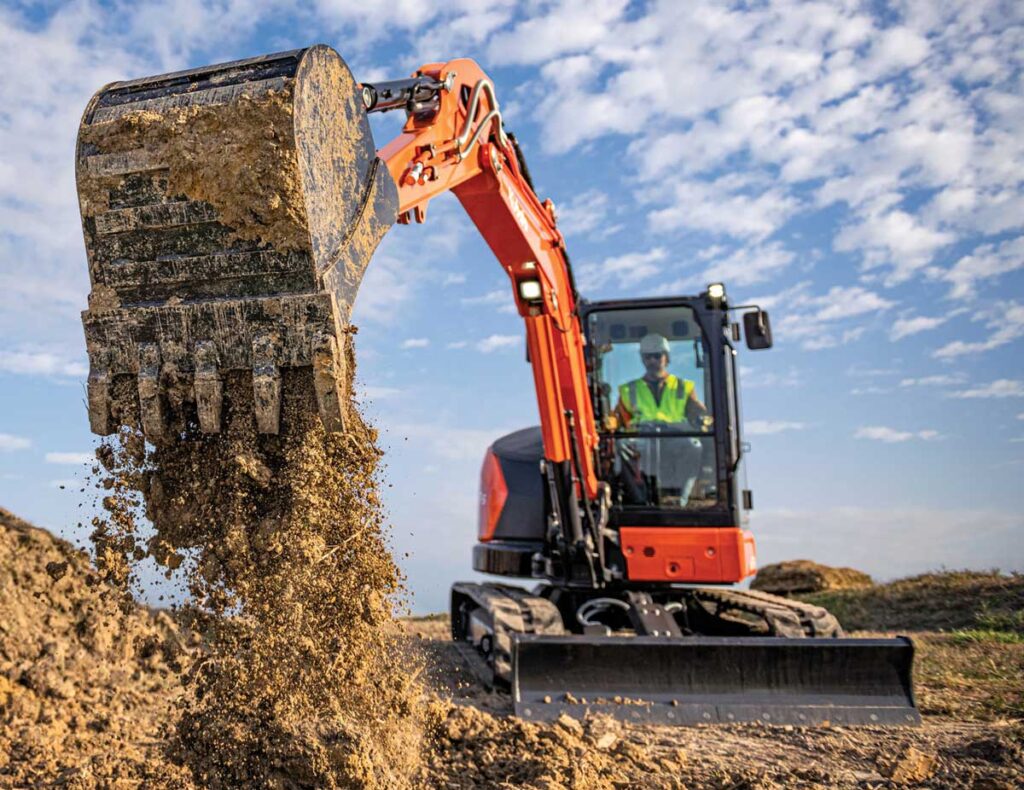
Common Mistakes to Avoid
- Underestimating Costs: Factor in additional expenses like maintenance, insurance, and transportation when budgeting for equipment.
- Ignoring the Fine Print: Always read the loan agreement carefully to avoid hidden fees or unfavourable terms.
- Overborrowing: Only borrow what you need and can afford to repay.
In Summary
Qualifying for heavy equipment financing in Australia doesn’t have to be a challenging process. By understanding the requirements and working with a qualified lending expert, you can secure the funding you need to grow your business.
Whether you’re in Sydney, Melbourne, or any other part of the country, the key is to demonstrate financial stability, choose the right equipment, and present a strong case to the lender. With the right approach, you’ll be well on your way to acquiring the heavy machinery that drives your business forward.
Get the Heavy Equipment You Need for Your Business
If you’re ready to take the next step, contact us today and explore your options for heavy equipment financing in Australia. Your business’s future success could depend on it.
